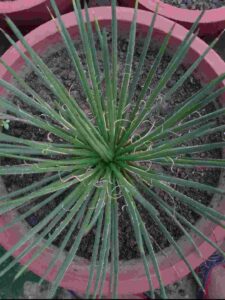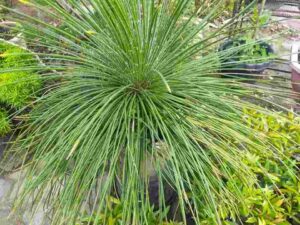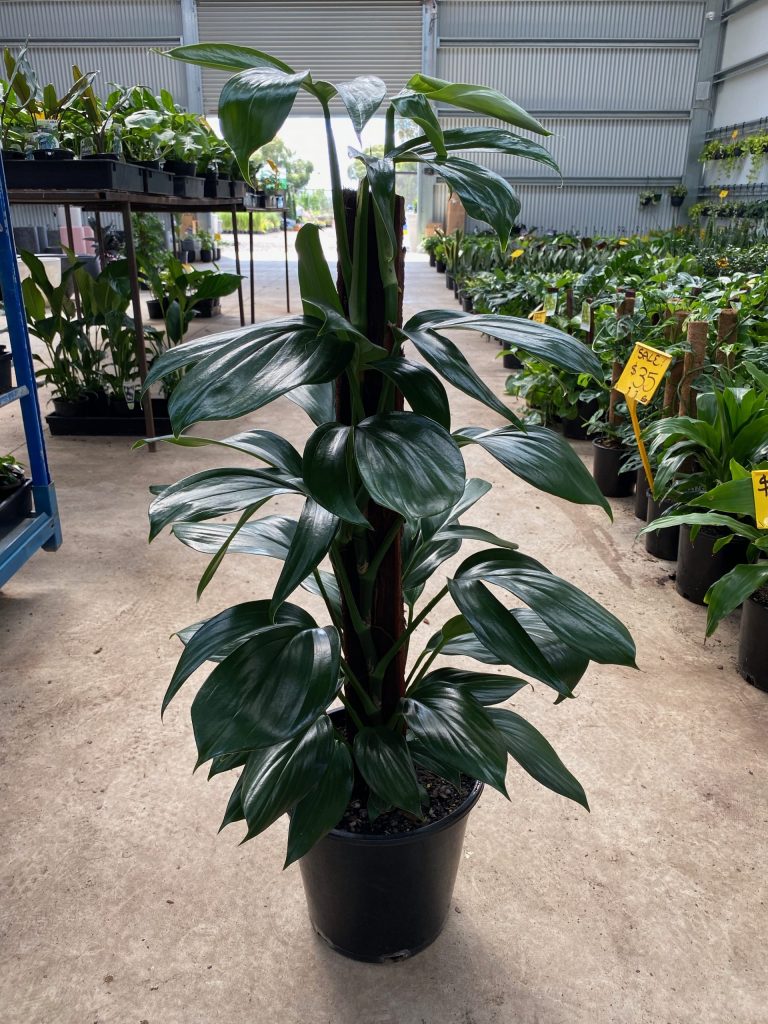Agave Geminiflora
Agave Geminiflora, Commonly known as twin flowered agave, is a succulent plant that is commonly grown for foliage beauty. The plant has dense leaves forming a round and symmetrical Rosette-like structure which gives it impeccable beauty. They are small-sized plants. So, Many people prefer them Indoors. Geminiflora is (3-4) ft wide and (3-4) ft tall. This flower is also known as Spaghetti Strap Agave, Pin Cushion Agave.

The plant has dark green foliage. The leaves cascade from the centre and grow outward. The young leaves are at the middle while the old or matured leaves are at the sides. They are generally (100-200) per plant with a length of (1.5-2) ft.
The tips of the leaves are spiky but have smooth margins. One variety (Rasta Man) of this plant has a small white thread-like structure in the leaves. They give a different look to the plant. Some people prefer to keep them and some don’t. They can be removed by easily pulling them out or they get removed on their own. So, there is nothing to worry about. There is also a variety that doesn’t have these thread-like structures.
This plant is similar to Agave Foliflora but there is a difference that helps in identification. The leaves of Agave Geminiflora are super pliable and they don’t break when you bend them while this isn’t the case in Floriflora.
This plant originated in Nayarit, Mexico in 1951. Naturally, Agave is found in Oak Woodlands where it is found scattered along the Rocky Arroyos, having a climate with an average annual rainfall of 1000mm.
General Information About Agave Geminiflora Is Given In Table Below:-
| Category | Succulent |
| Family | Agavaceae (Now Asparagaceae) |
| Origin | Mexico (North America) |
| Evergreen | Yes |
| Flower Colour | Yellow |
| Bloomtime | Infrequent |
| Synonyms | Agave angustissima |
| Height | 3-4 Ft |
| Width | 3-4 Ft |
| Exposure | Cool Sun/Light Shade |
| Summer Dry | Yes |
| Deer Tolerant | Yes |
| Irrigation | Low Water Needs |
| Winter Hardiness | 25-30° F |
| May be Poisonous | Yes |
Agave Geminiflora Plant Care
They are easy to care plants because they are hardy. The USDA hardiness range for Geminiflora is 9 to 11. They don’t require much care and time. So, If you have a busy schedule, then – It can be a perfect choice.
Soil
Friable sandy soil is best suited for Agave Geminiflora with a proper drainage facility. You can prepare potting mix/soil mix for this plant by mixing :- 60 % Sand, 20% Soil, 20% Vermicompost. The addition of Coal in the soil mix helps in the proper root development of the plant.
Related Articles:-
Stone Lotus Flowers: Plant Care And Benefits
10 Surprising Jade Plant Benefits And Vastu
Shevanti Flower: English Name, Growing Methods And Care
Gulmohar Tree: Best Flower Tree In India (Lifespan and Disadvantages)
Brahma Kamalam: Vastu, Care And Importance
Sunlight

Geminiflora is a sun-loving plant. They grow well in places receiving direct and filtered sunlight. It can withstand the full desert sun. It can also be grown indoors. Proper selection of spots receiving continuous sunlight is ideal. If grown in full sunlight, the leaves of this plant are on the stiffer side while growing in less Sunlight, the leaves are more or less on the soft side.
Watering
Agave Geminiflora is a drought-tolerant plant. They can withstand drought but are susceptible to wet soil conditions. Therefore, The frequency of watering is less. Watering can be done every 15 days. During the rainy season, the plant should be protected from rain. You can keep it under the roof. However, The place should continuously receive Sunlight.
Fertilizer Requirement
Too much fertiliser isn’t required. You can just give the vermicompost during February or October in a year. The amount of vermicompost you add during soil mix preparation works for around 1 year. You don’t need to worry about this.
Agave Geminiflora Price
You can buy these plants in the Nursery. The price depends on the size and varieties. In general, their price is around INR (300-400).
Propagation/Planting

We can propagate the Agave Geminiflora from plantlets that grow after the death of the mother plant. The plantlets produced can be transplanted to other places or allowed to grow in their germination place. As it is difficult to propagate, this plant is generally bought from the market or nurseries.
Flowering
Agave Geminiflora is a monocarpic plant, meaning:- they produce flowers only once in a lifetime. Flowering isn’t seen in the early stage of the plant, they usually bear flowers at the age of (8-10) years. After flowering, it dies. Flowers are produced on the long spike that arises from the middle of the plant and reaches up to the height of (8-10)ft. The plant blooms during fall. Flowers are yellow with a reddish-purple base. After the death of the mother plant, the plantlets grow from the base which can be used for propagation. The flowers are in pairs in spike so-called twin flowered agave.
FAQs
What Is The Plant Agave Geminiflora Used For?
Agave Geminiflora is used for foliage beauty, filler plants in gardens and as indoor plants.
How Big Agave Geminiflora Get?
It is a small-sized slow-growing plant with a height of (3-4) ft and a width of (3-4) ft.
Is Agave Geminiflora Succulent?
Yes! The plant is succulent.
Does agave Geminiflora Die After Flowering?
Yes! Agave Geminiflora dies after producing flowers. The plantlets are produced after the death of the mother plant from which it can be propagated to get new plants.
Is it poisonous?
Agave Geminiflora is poisonous. Ingestion of the leaves skin rashes and irritation, vomiting and diarrhoea. This is due to oxalates present in this plant.


